Outdoor writer and hunter’s hunter Hal Herring leads a planting crew in Idaho after a series of rangeland fires—the work will help restore wildlife habitat, but the job is a boost for locals
Hal Herring is planting sagebrush on a bluebird day in the Bennett Hills of south-central Idaho, and he is in high spirits. It is the first morning of a 10-day project to restore healthy sagebrush habitat on public land managed by the Bureau of Land Management.
The area was once critical winter range for more than 10,000 mule deer until a series of rangeland fires burned much of the habitat to ash. What once was chest-high sagebrush, bitterbrush, and native grasses is now a sea of invasive species, including cheatgrass, medusahead, and rush skeleton weed.
Herring is an awarding-winning writer for Field & Stream and High Country News and a contributor to national magazines such as The Atlantic and The Economist. He’s also a hunter’s hunter and a respected voice on public lands issues. Today, however, he is crew boss for 14 tree planters.
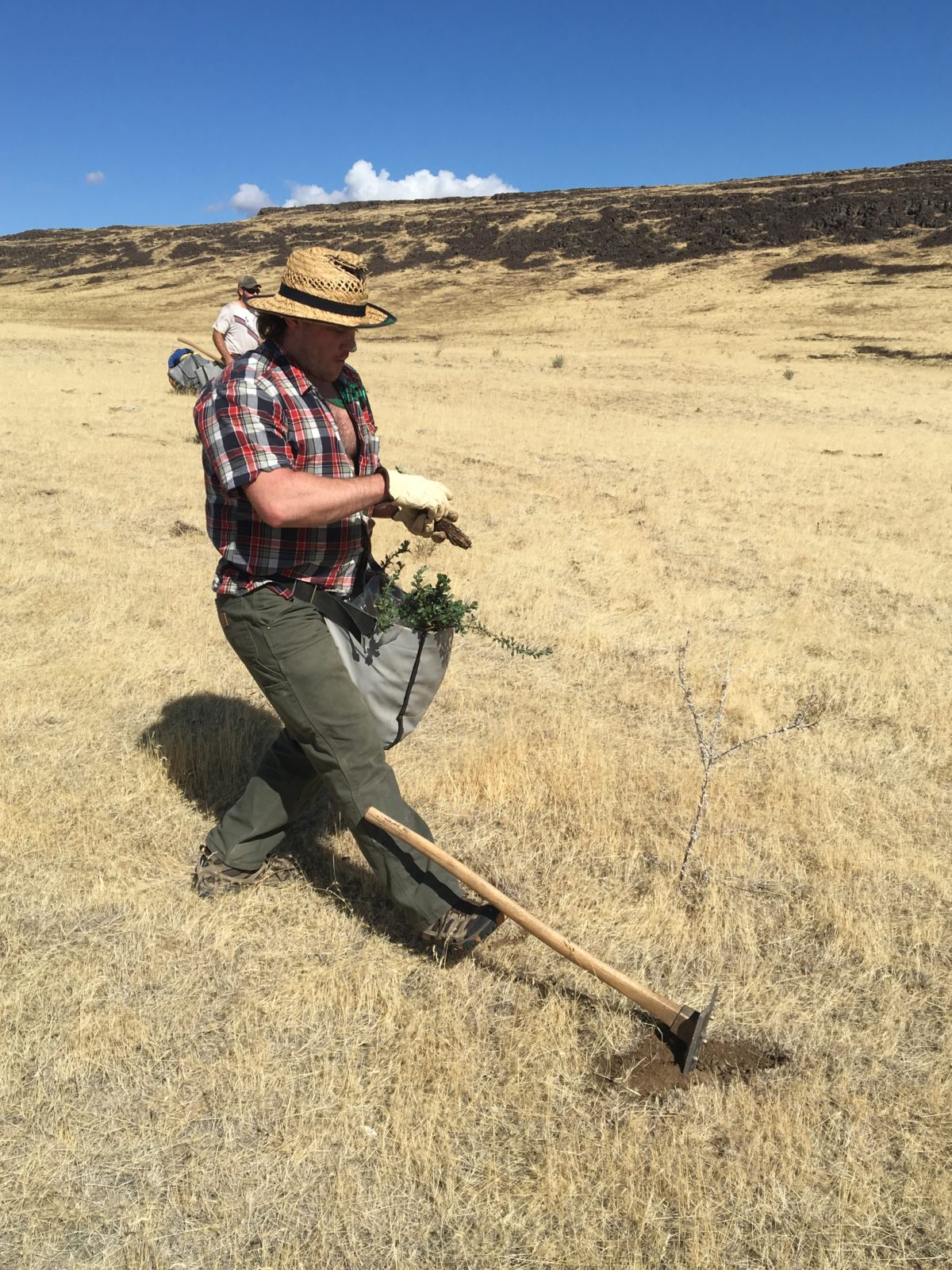
The crew is on the ground to plant more than 100,000 seedlings as part of a cooperative effort between the BLM, Idaho Department of Fish and Game, Mule Deer Foundation, Idaho Department of Lands, and North American Grouse Partnership.
“We are trying to restore the carrying capacity of the land,” Herring says. “We are trying to give each sagebrush plant a chance to catch hold and spread seeds. It sets the stage for the area to return to sagebrush steppe, and sagebrush holds water better than invasive species. That gives the native grasses a chance to succeed, which is a benefit to wildlife and grazing livestock.”
Nearby, Herring’s crew is all smiles as they efficiently plant eight-inch sage seedlings. The process is physically demanding, yet it requires a deft touch, too. Using a hoedad—a hand-tool that’s a cousin of the more well-known Pulaski—each planter takes ten strides, scrapes away the tops of the invasive species and then drives the hoedad into the ground. If it sticks, there is enough soil to plant the seedling. If it bounces off the broken basalt flat, the planter moves to another spot and starts over.
The seedling must be planted perfectly straight up and down and without any air around the roots. If more than 50 percent of the seedlings take hold, the effort is a success. Rain or snow right after the planting is critical, but it takes several years to see the results.
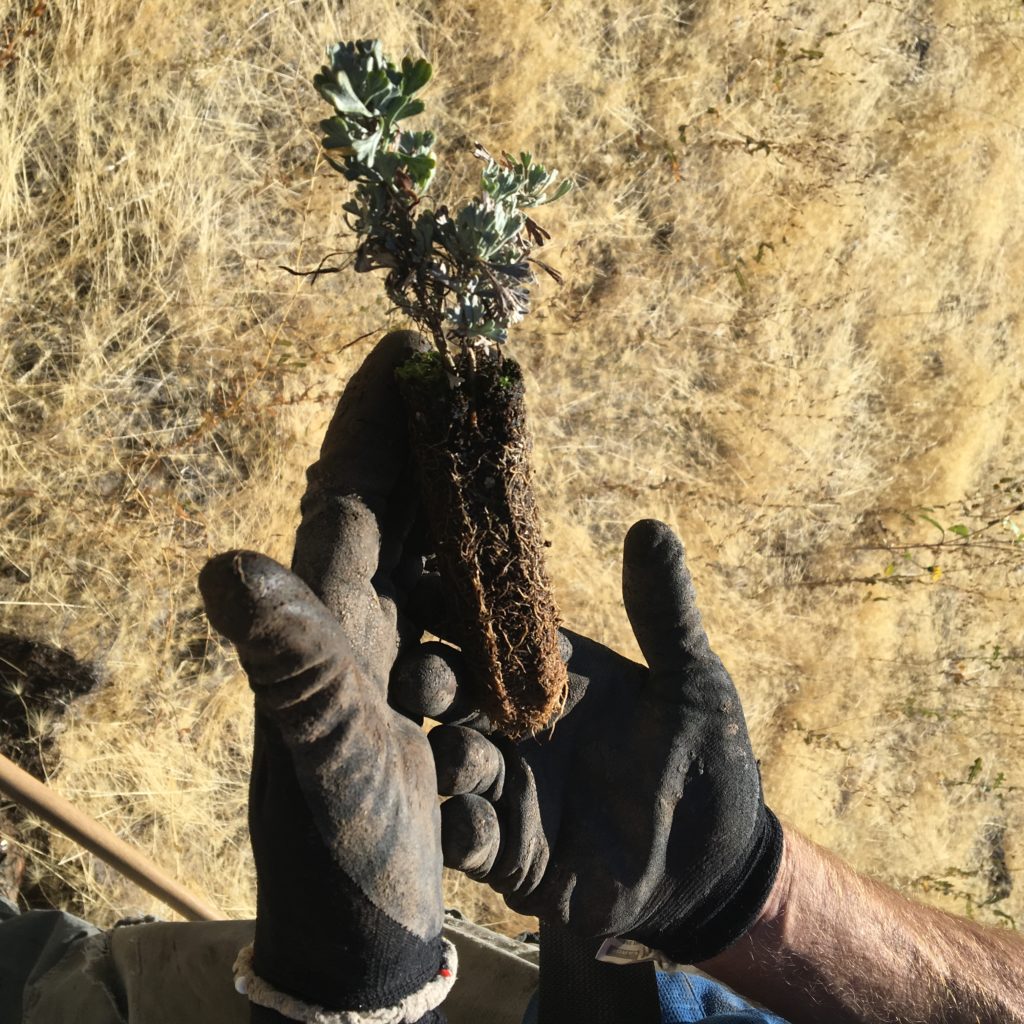
There are other hunters on the crew. Some have worked almost year-round on restoration projects from seed gathering to planting. Others are graduate students, trail maintenance crew bosses, and backcountry rangers. They are drawn by good wages and the opportunity to work outdoors. Plus, they know they are making a difference.
“Deer food equals big bucks,” says Jeremy O’Day. “It’s a pretty simple equation.”
While returning the ground to a more productive state after the fires is the primary goal of the work, Herring believes it’s just as critical to highlight that restoration work creates jobs across the West. As huge fires become more repetitive, he believes restoration projects can help the wildlife and the economy.
“We all recognize that there is an enormous amount of restoration to be done,” he says. “This is an incredible opportunity to both reignite some rural Western economies and build ecological resilience for the future.”
Herring talks fast all the time, but he drops into fifth gear now to explain. He believes Western resentment of the federal government is fostered by a Congress that won’t give the federal land agencies enough money to adequately manage public lands. That fuels the feeling that nothing is getting done to benefit local economies.
He believes developing a West-wide restoration industry could break down the old argument that environmental regulations kill jobs, while providing habitat and graze for deer, elk, antelope, sage grouse, domestic sheep, and cattle.
“It is a myth that nothing gets done on federal ground, and restoration is the way of the future. It is something that helps everybody,” he says.
Danelle Nance, a natural resource specialist with the BLM, is the federal government’s point person on the sagebrush restoration in south-central Idaho. She says that roughly 125,000 acres burns each year of the 4 million acres the district office oversees. But partnerships with the Mule Deer Foundation, Idaho Fish and Game, National Grouse Partnership, Pheasants Forever, Rocky Mountain Elk Foundation and Idaho Department of Lands help to grow restoration efforts from thousands of acres to tens of thousands of acres.
“It is incredibly important to have these partnerships. They foster interest in local communities and take on a life of their own,” she says. “Success breeds success. And Hal is right—where restoration is needed across the West, it could be a model to follow.”
Herring enjoys plugging the idea of a restoration economy, but there is much work to be done. Planters stock their bags with seedlings and head off to the horizon, “dropping trees” every 10 yards.
“Can you picture it?” Herring says, pointing to the scorched soil. “In time, this will be a functioning winter range, which benefits everybody. I can see it.”
He sees mule deer enduring winter in chest-high sage. He sees healthy sage grouse populations. And he see a healthy economy in rural communities.

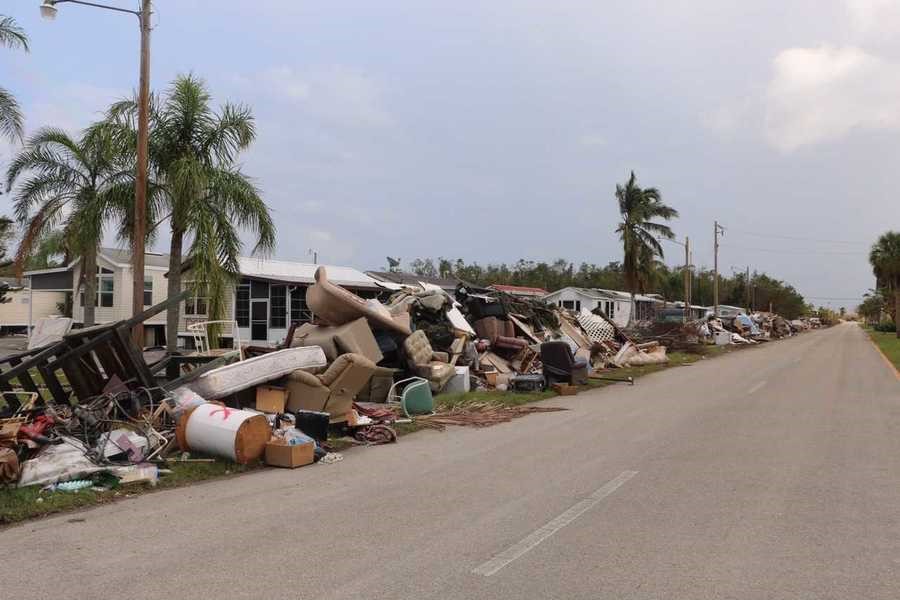
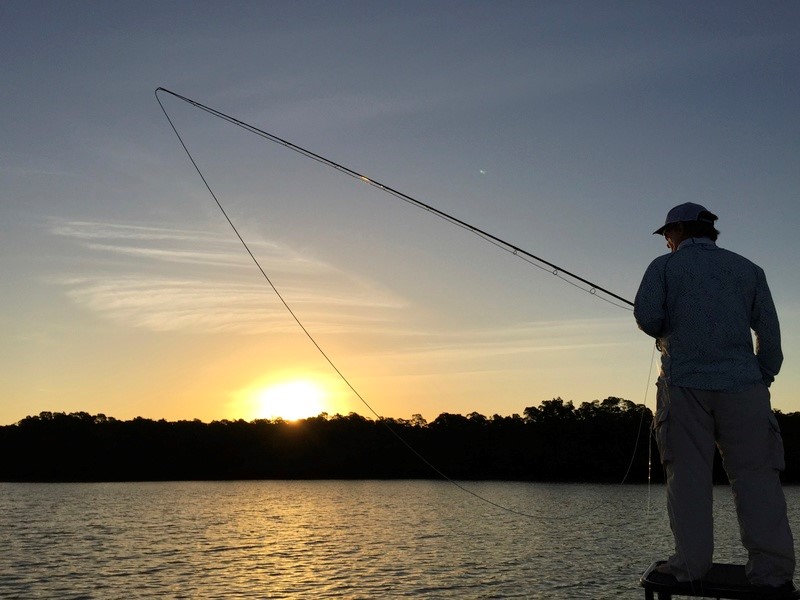
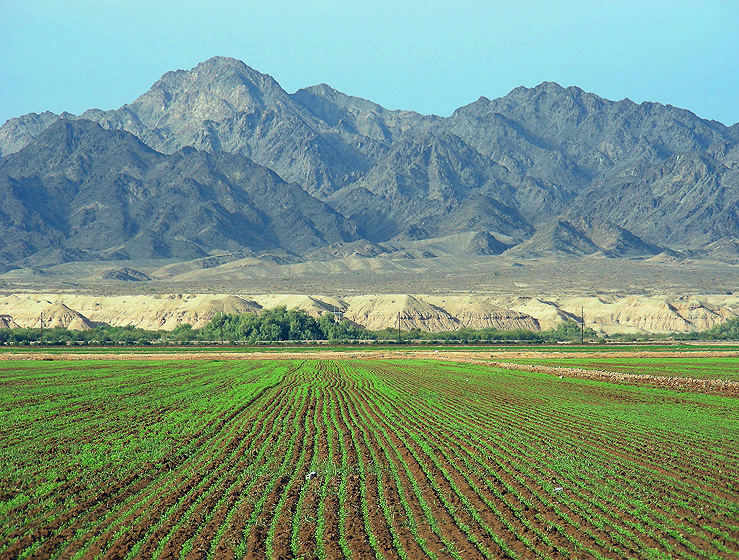
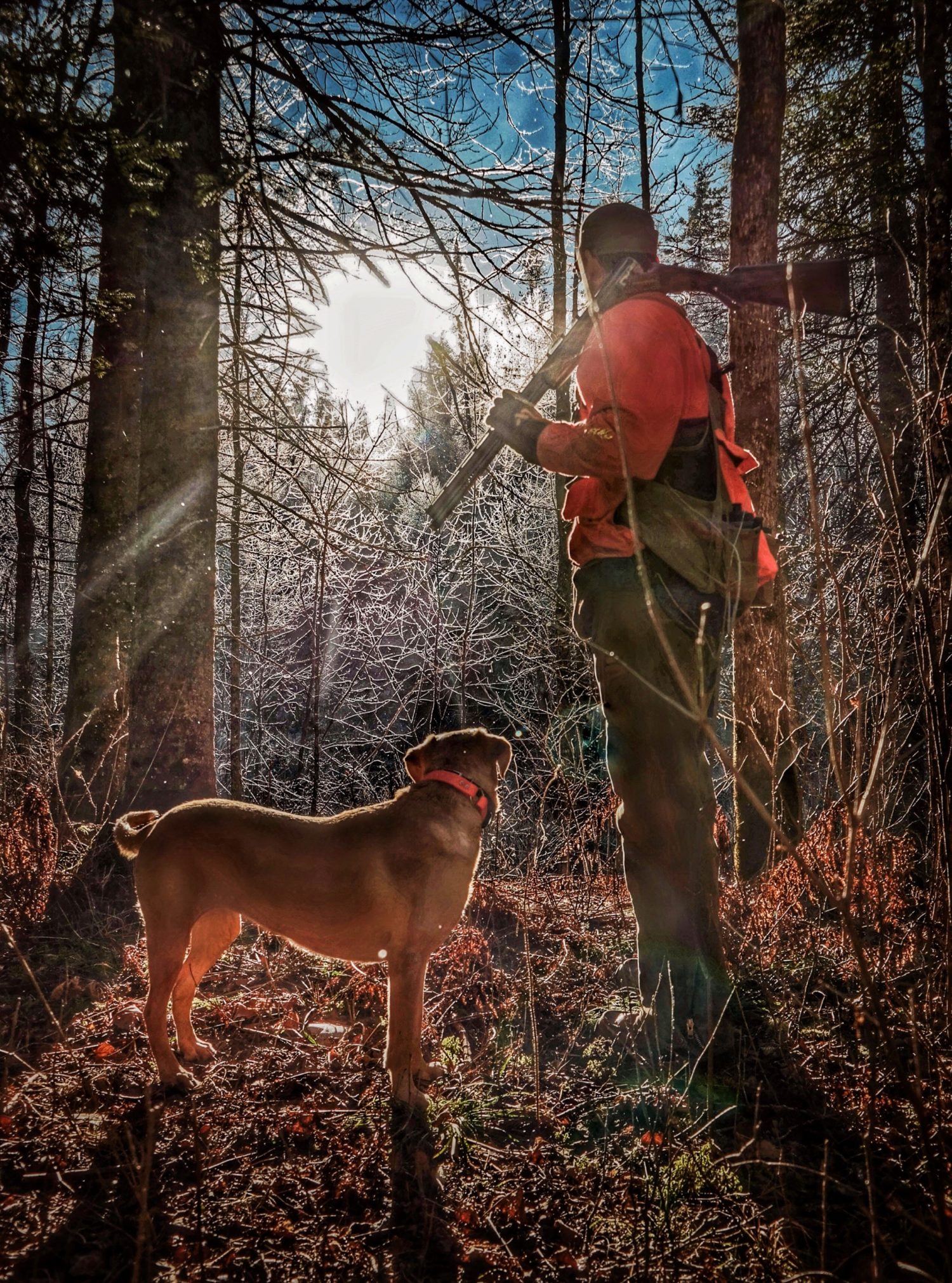
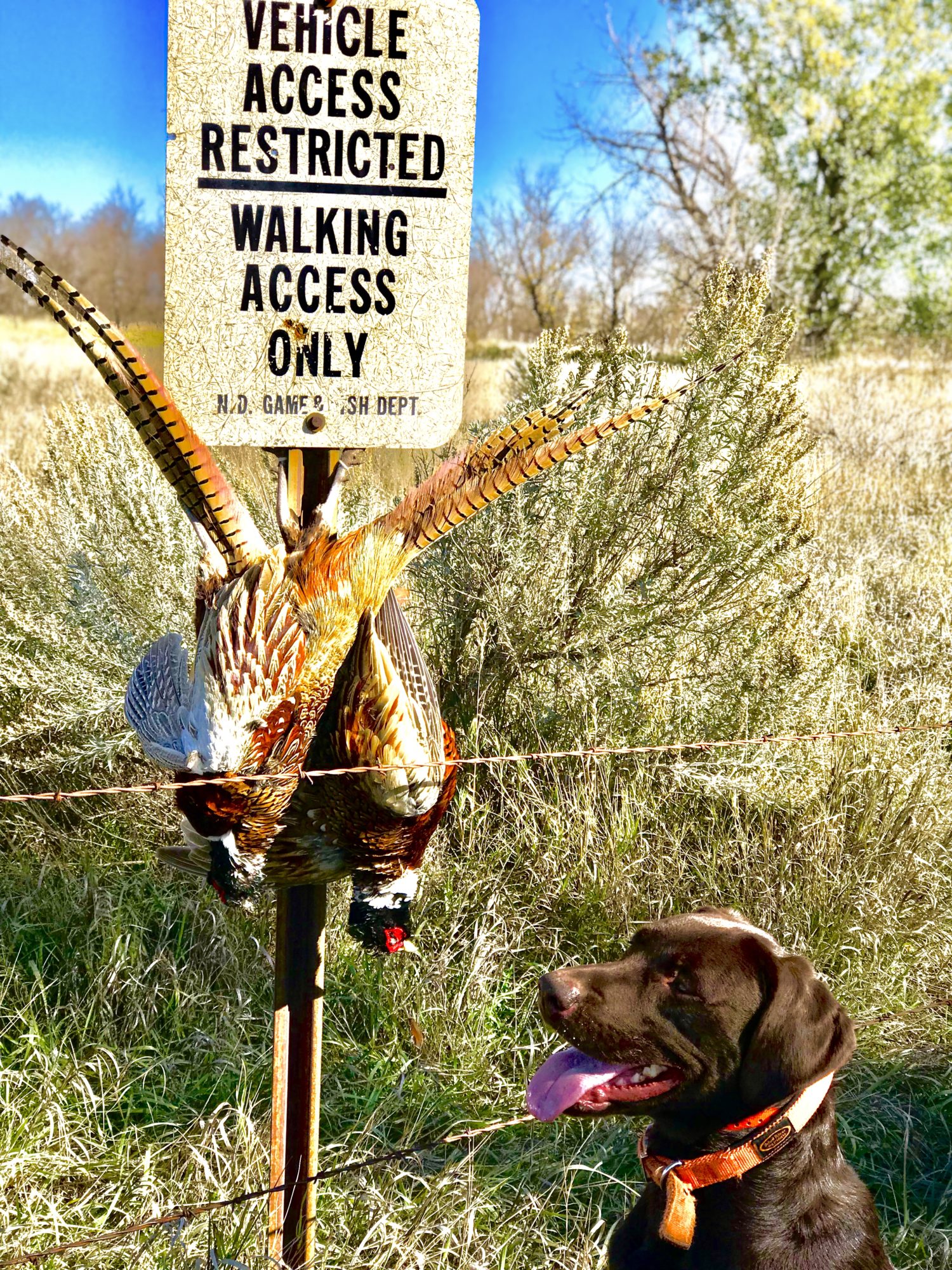
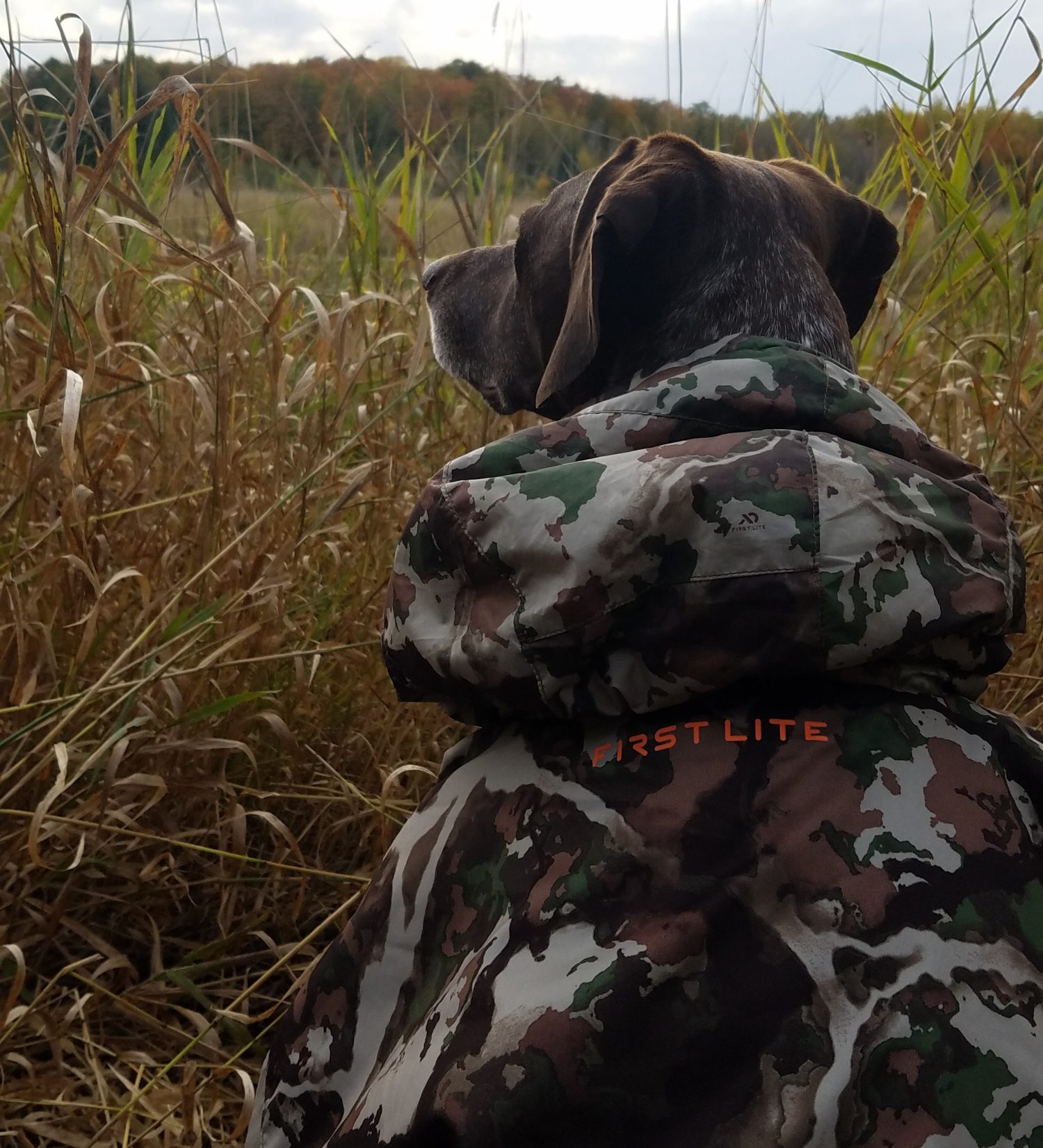
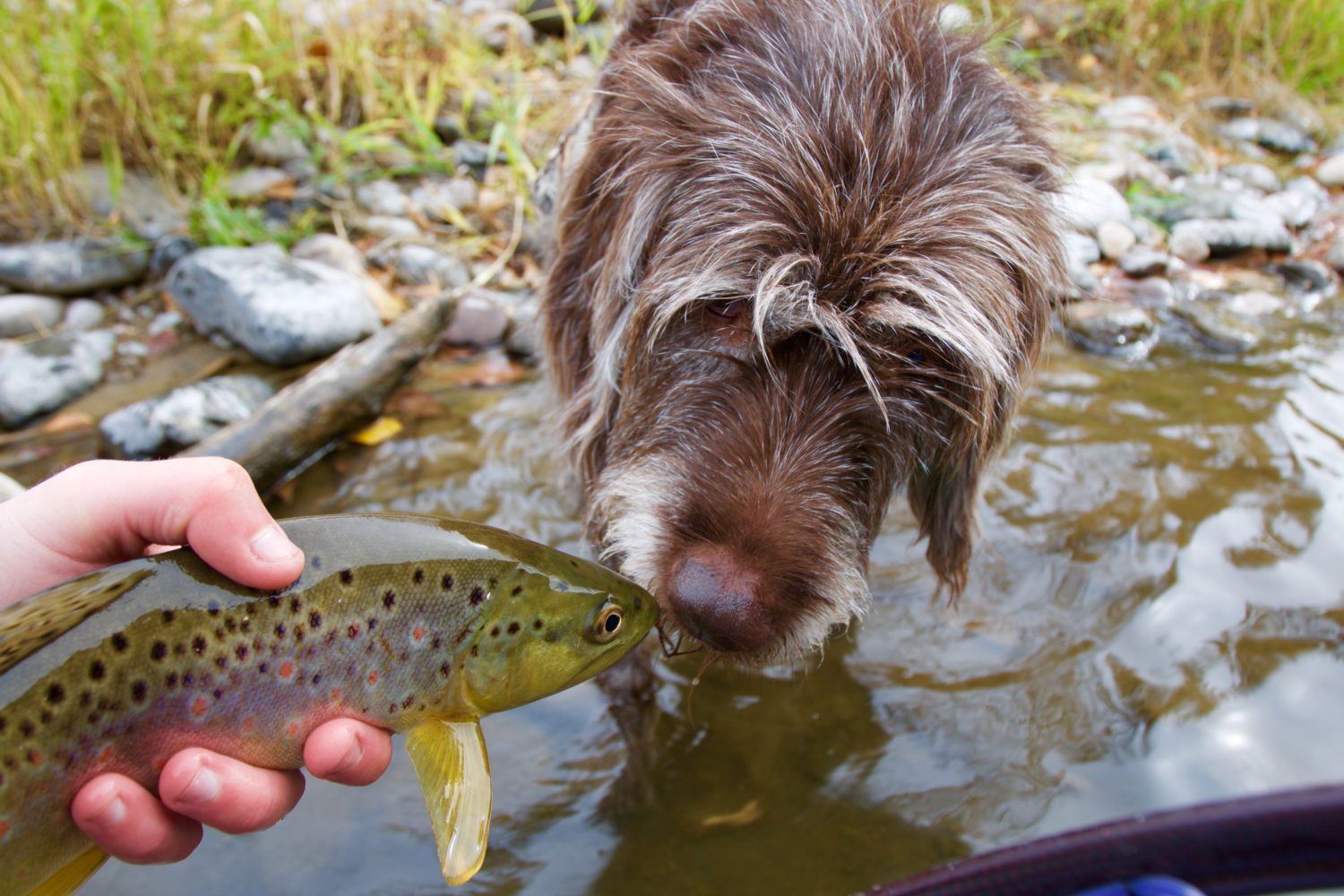
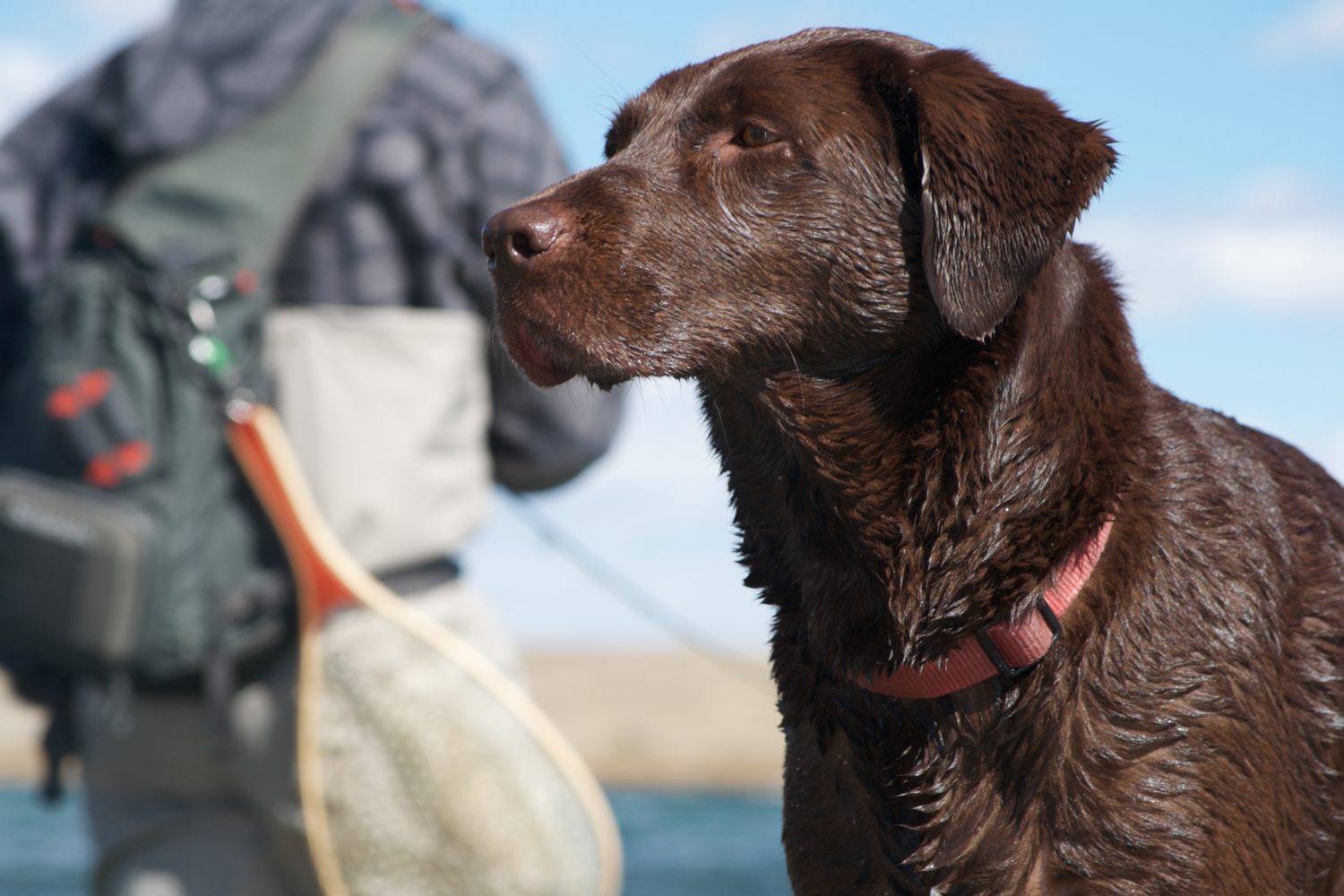
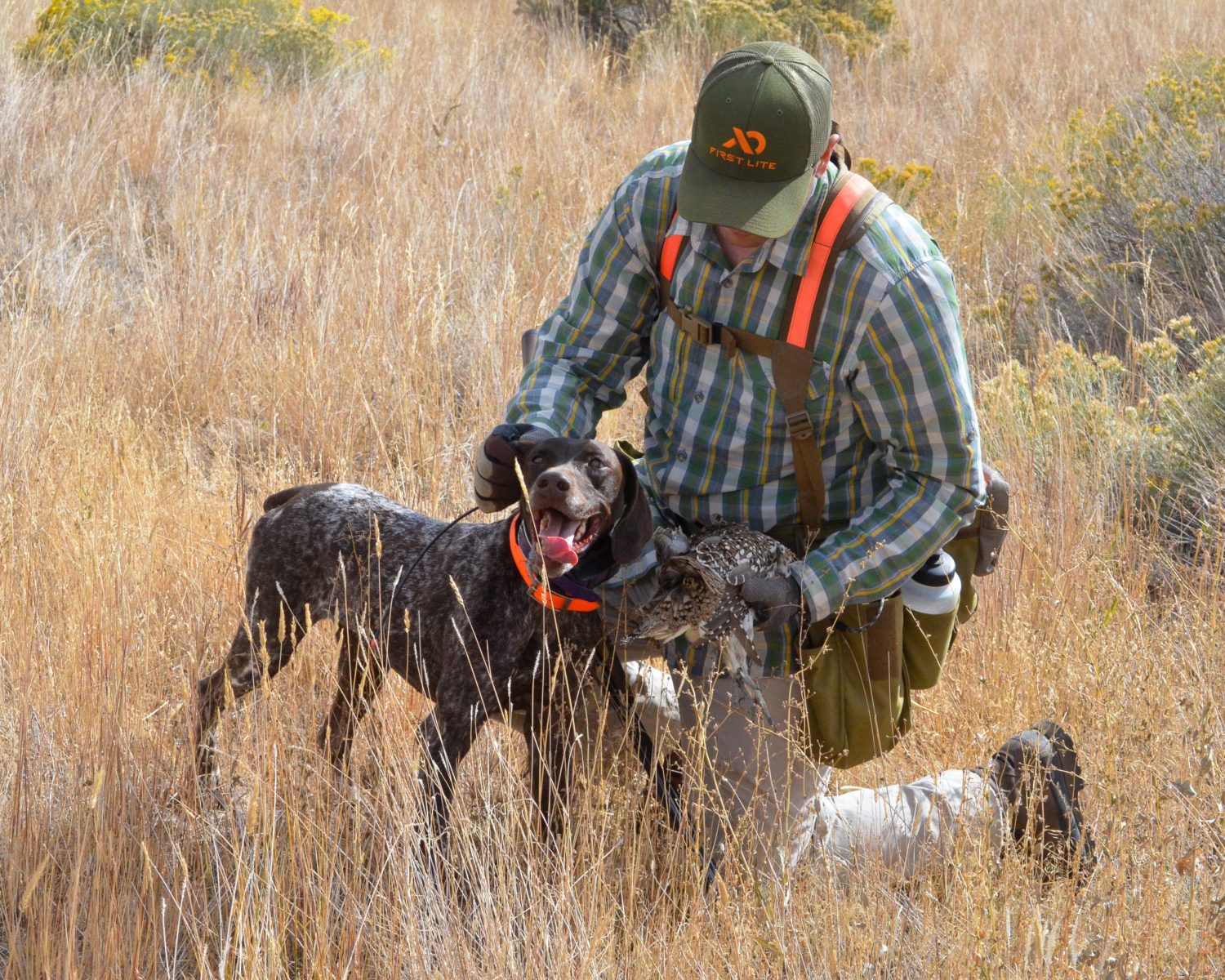
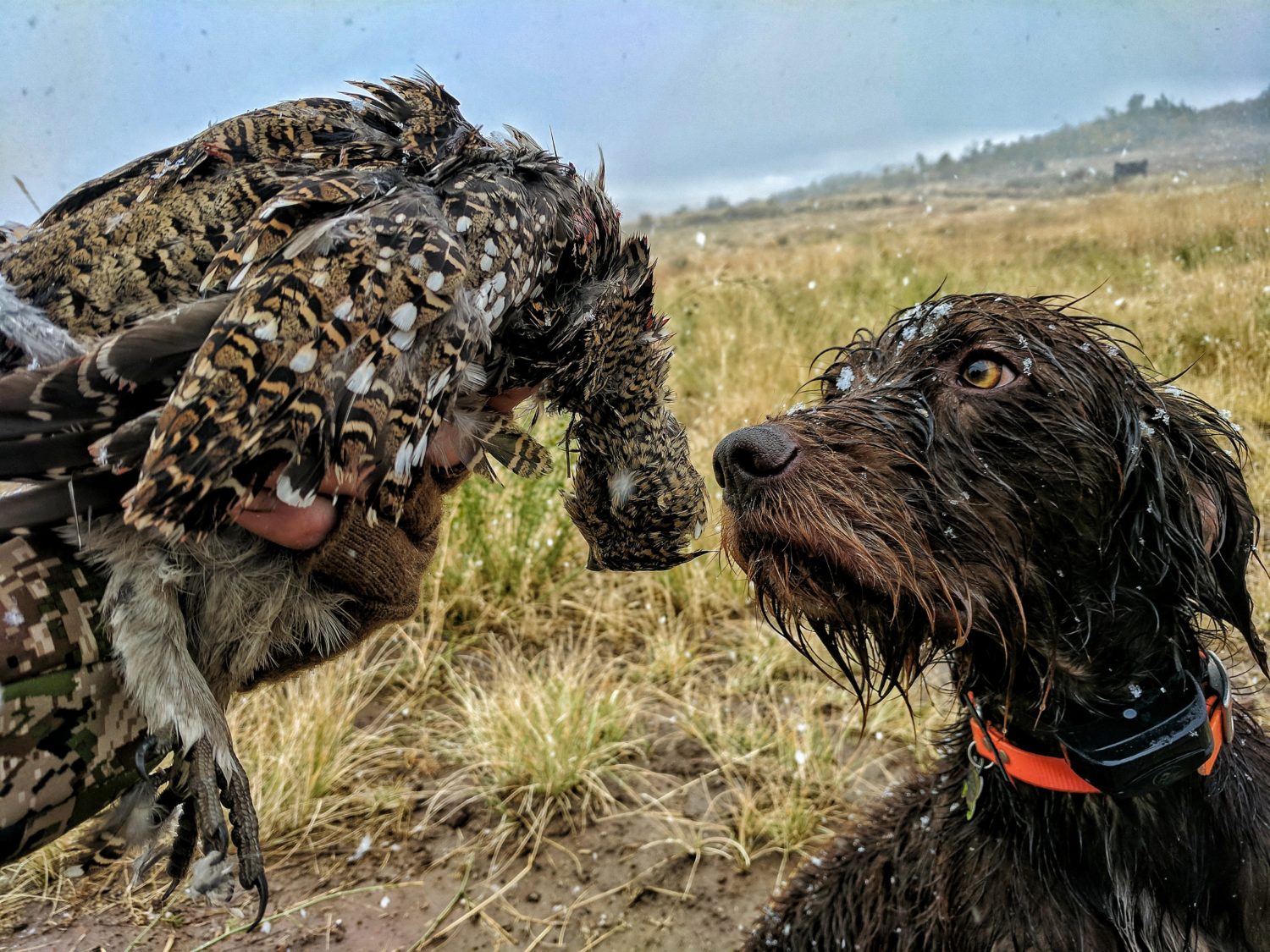
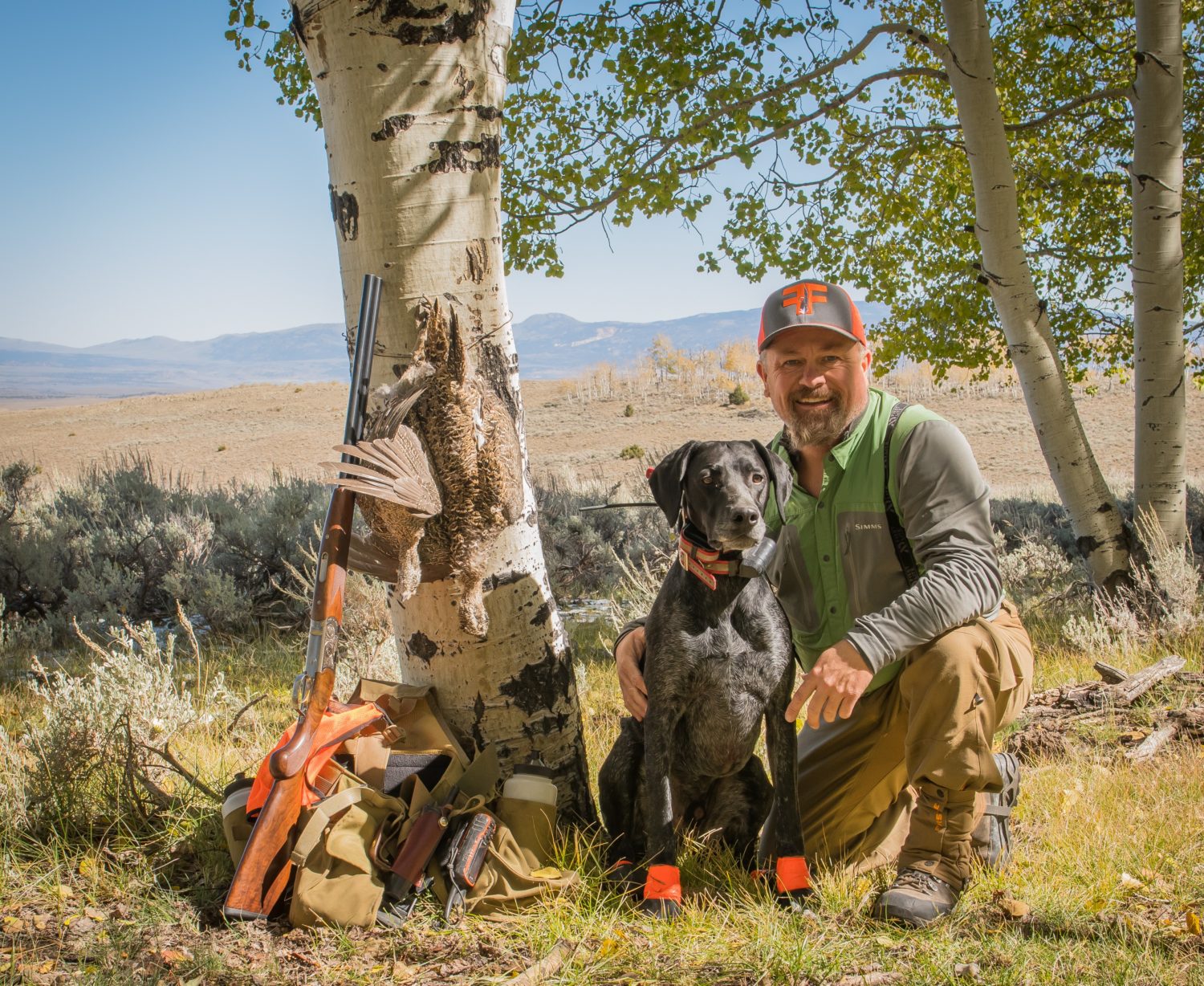




This would be a win win unless all the work is farmed out to H2B and unauthorized workers as in Hal’s current story at High Country News.http://www.hcn.org/issues/49.18/timber-how-the-outsourcing-of-forestry-jobs-seeps-into-our-public-lands-debates We need to change the rules such that local labor is given priority.
I think volunteer/job opportunities could easily be posted and presented by you guys or other organizations like Backcountry Hunters and Anglers. With a new wave of people joining up for conservation lately, I think making easier gateways for people to get involved could really unify hunters and outdoors people of all walks of life for one common goal. I get asked all the time how people can get involved with conservation projects, so having a resource to see events, sign up for projects, and see other planning and progress with ongoing projects would be a huge benefit. Not only for recruitment and new folks, but to keep people on the fringe informed and interested. I believe collaboration between groups is a win all around, and could really shape the future for the entire public lands fight, as well as enhance the efficiency of conservation projects. People just need a place to look that is concise, and convenient. Thanks for your time! #Keepitpublic!
I have done projects like this in Idaho with BHA. In fact I met my soon to be wife at one.
I believe this could be a model duplicated in Arizona and other states. Fires scorch thousands of acres every year, what better way to assist the environment in recovery by implementing this project. In addition, concerns have been raised about the hunting population and it’s decrease. This is an excellent way to introduce younger people to hunting and conservation. I will bring this discussion to one of our State Representatives for discussion. Great Work!
Where can I sign up to volunteer!? Please keep me posted on any opportunities in the near and distant future. Thanks!